7 Things Google Unveiled At I/O 2015 That Grabbed People's Attention
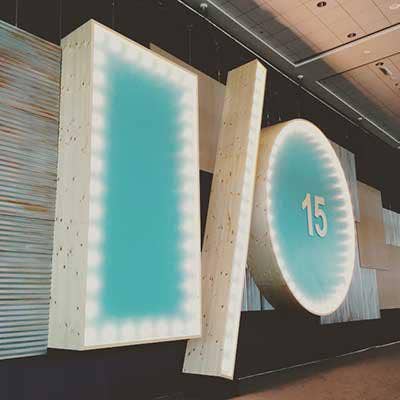
Front And Center At Google
Google held its annual I/O developer conference in San Francisco last week, showing the world once again that it's more than just a search advertising company. This year's event wasn't quite the same Cirque du Soleil of technology that it has been in previous years, but did include updates on familiar products like Android, as well as new projects straight out of Google's research labs.
Here, CRN presents a rundown of some of the most important, potentially game-changing products and services Google unveiled at the event.
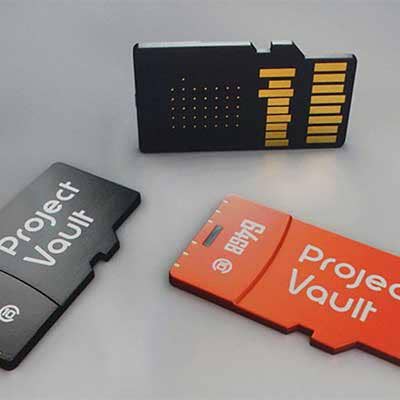
Project Vault
Fresh out of Google's Advanced Technology And Project division (ATAP), Project Vault is basically a computer the size of a microSD card that handles security functions for smartphones, such as authenticating users. It includes 4 GB of secure storage, as well as near field communication (NFC) technology.
If two smartphone users have Project Vault cards installed, they can have a chat that's fully encrypted and that doesn't travel over cellular networks.
Project Vault is open-source, although Google didn't indicate when it'll be market-ready. Google often talks about having more than 500 security engineers on staff, and Project Vault is an example of the ideas they've come up that could have a big impact on mobile communications.
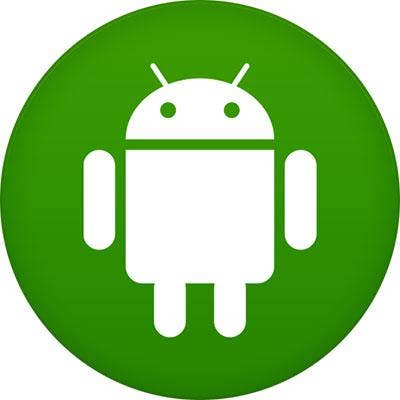
Android M
Google devoted a big chunk of its keynote at I/O to Android. The star of the show was Android M, Google's next version of the mobile OS, which is slated to arrive this fall.
Google showed off a developer preview of Android M, which features integration with Android Pay, the company's mobile payment service. Android device users can pay for items in stores or in partner apps using Android Pay. The Android M release also includes native fingerprint support, which lets them buy songs on the Google Play media store and unlock devices more easily.
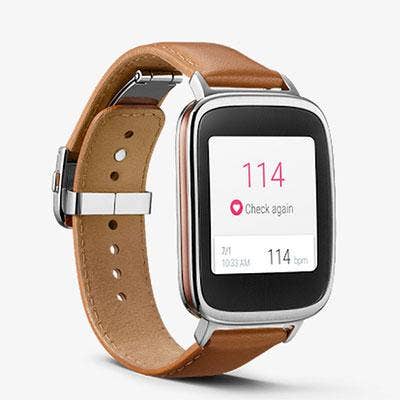
Android Wear Upgrades
Google offered insight into upcoming new features for Android Wear, its smartwatch platform, including a new update that's slated to arrive in the next couple of weeks. There are new wrist gestures, which follow the addition of Wi-Fi support in April, and users will also be able to draw emojis on their watch face and have the OS recognize them.
And of course, there are lots of coming apps, including an Uber app that works with voice control from Google Now, and an updated version of Foursquare designed for Android Wear smartwatches. All told, Google says, it now has more than 4,000 apps for the platform.

Project Brillo
Google at I/O unveiled Brillo, its operating system for the Internet of Things. Though it's based on Android, Google says, Brillo is about running devices that are not smartphones and tablets -- things like home thermostats, refrigerators and smoke detectors.
Brillo works with Nest, the home automation company Google acquired last year for $3.2 billion. Google also debuted a technology called Weave, which allows all the different sensors and devices in IoT deployments to talk to each other in a unified way, through the cloud.
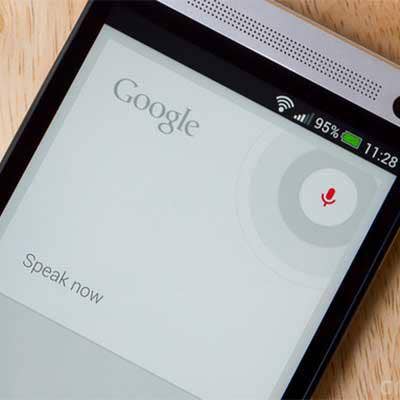
Google Now's Machine Learning Advancements
Google showed off what it is calling "Google Now On Tap," a new feature that takes the voice-recognition features of Android to a new level. With it, Google Now users can press and hold their home button and ask it questions without having to leave the app they're currently working in.
Google pulled this off with machine learning, a term that describes how computers refine their precision over time through the ingestion and analysis of large amounts of data. Apple's Siri and Microsoft's Cortana digital assistants use machine learning, too.
Now it looks like Google is poised to vault into this game as well, though it will probably come up with a better name for it than the current one.
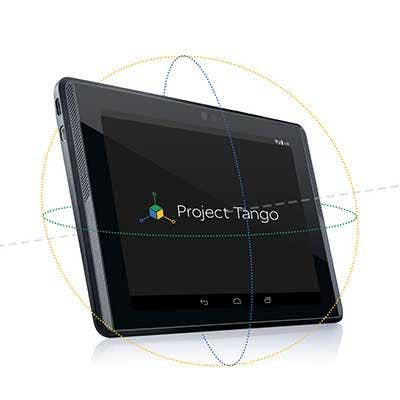
Project Tango
Also from Google's ATAP division is Project Tango, 3-D mapping technology designed to help mobile devices "see" where they are in space. "The goal of Project Tango is to give mobile devices a human-scale understanding of space and motion," Google says on its Project Tango website.
While this technology won't hit the market for a while, Google said at I/O that it has moved Project Tango out of ATAP and into its own unit. Google also announced a partnership with Qualcomm around Project Tango to develop reference designs for smartphones and tablets equipped with the technology.
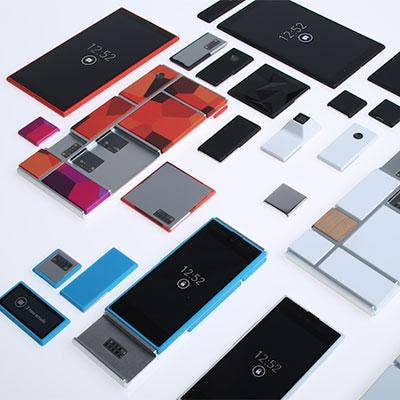
Project Ara
Also from Google's ATAP unit, Project Ara is an open hardware design for a modular smartphone that could dramatically extend the lifetime of mobile devices by enabling malfunctioning parts to be swapped out for new ones.
At I/O, the Project Ara team did a demo in which they plugged a camera module into a smartphone and then took a photo of the audience -- the first time Google has showed this off publicly. Google says it plans to begin a trial Project Ara later this year in Puerto Rico, although it hasn't given any indication of when the technology will hit the consumer market.